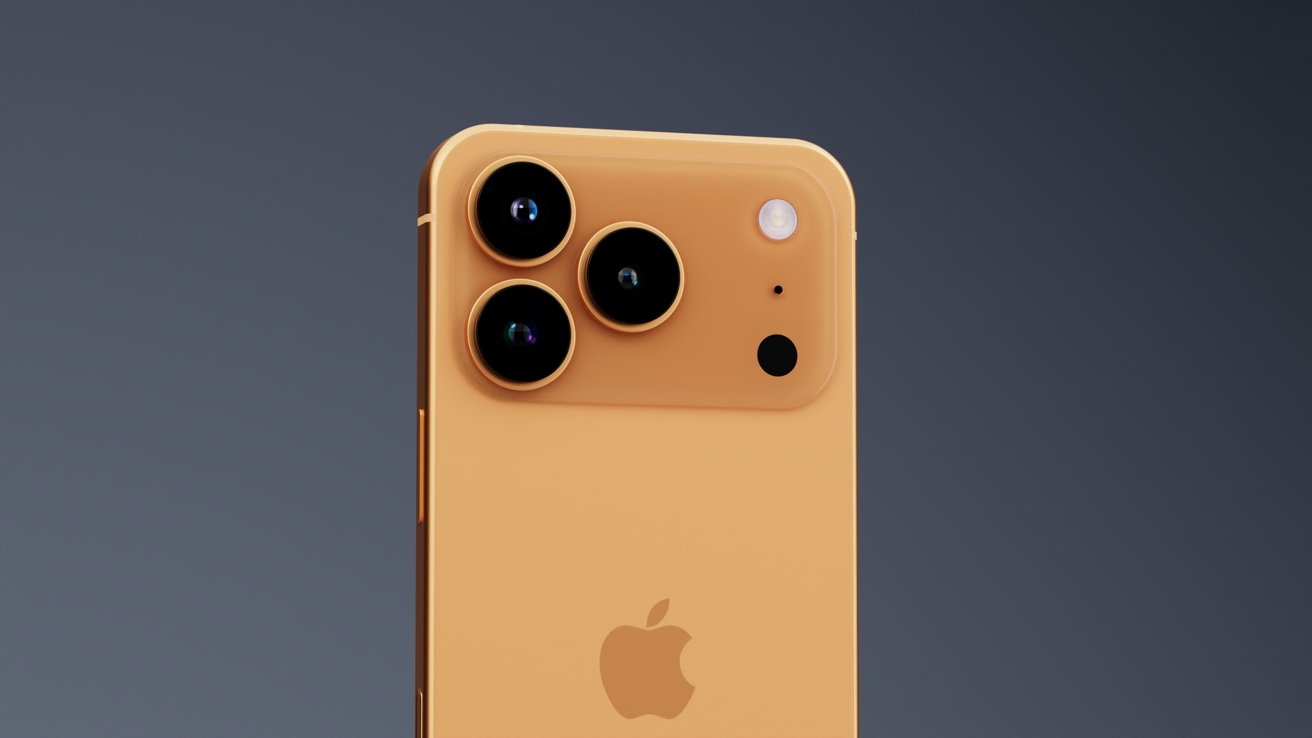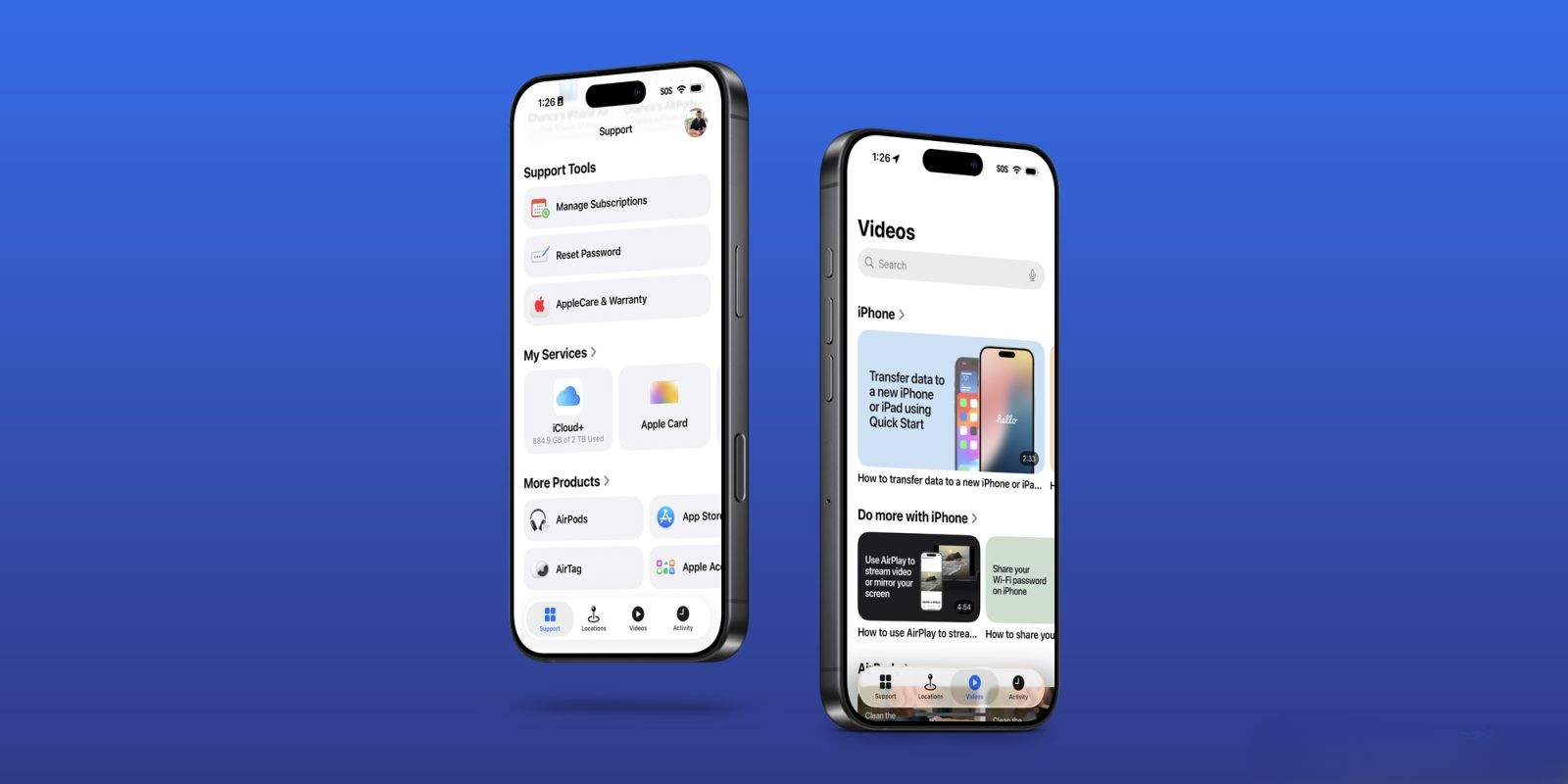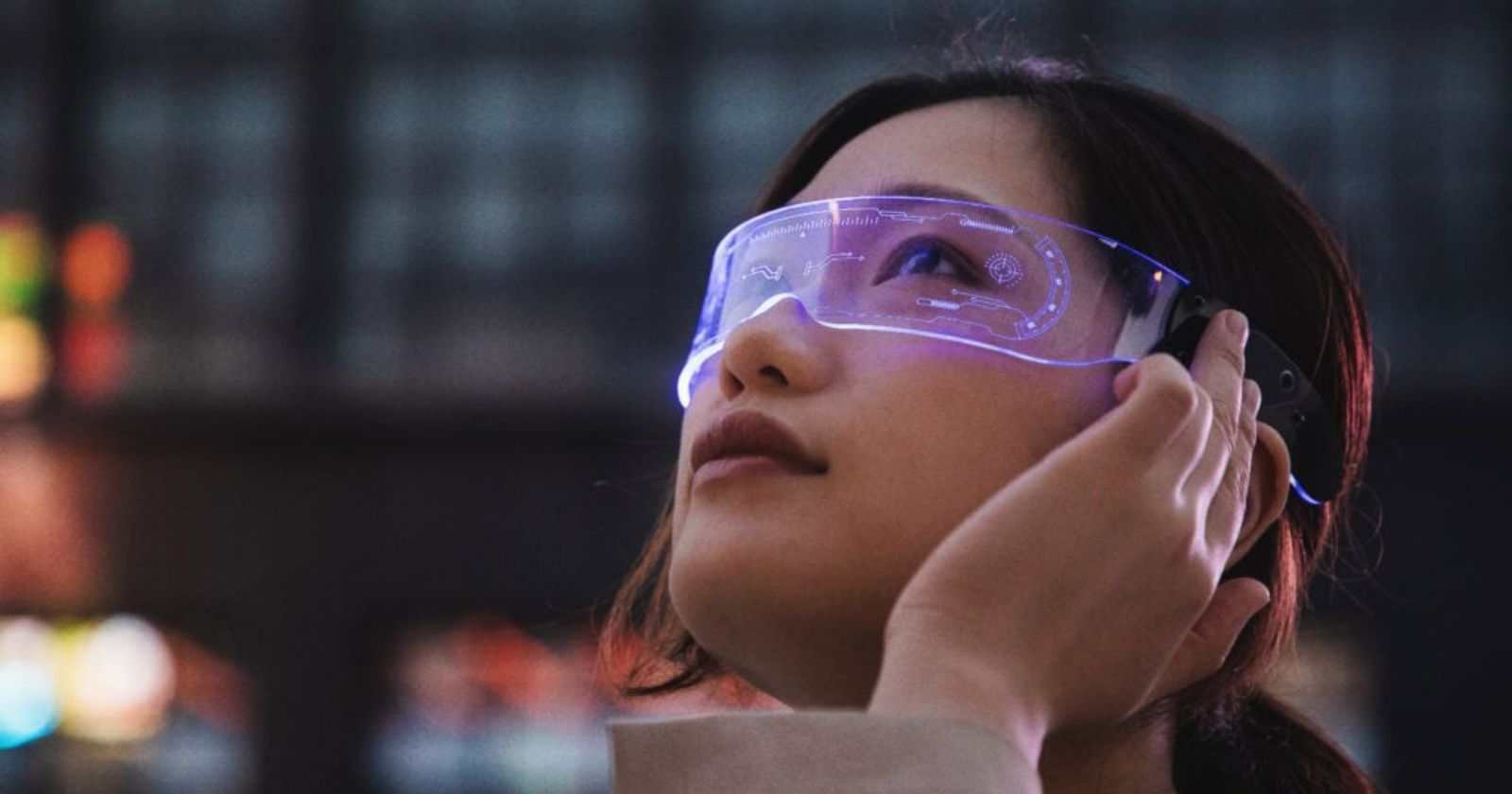As Apple approaches the 20th anniversary of its iconic iPhone, the tech giant is reportedly preparing to unveil the iPhone 20 in 2027, featuring groundbreaking advancements in camera technology. Central to these enhancements is the integration of Lateral Overflow Integration Capacitor (LOFIC) technology into the device’s camera sensors, promising a significant leap in image quality and dynamic range.
Understanding LOFIC Technology
LOFIC represents a sophisticated evolution in Complementary Metal-Oxide-Semiconductor (CMOS) sensor design. Traditional CMOS sensors can struggle with capturing images in scenes with extreme lighting variations, often resulting in overexposed highlights or underexposed shadows. LOFIC addresses this challenge by incorporating capacitors within each pixel to store excess charge when a photodiode receives more light than it can handle. This mechanism effectively broadens the sensor’s dynamic range, enabling it to capture finer details in both bright and dark areas of an image simultaneously.
The practical implications of LOFIC technology are profound. Current High Dynamic Range (HDR) photography techniques typically require multiple exposures to balance light and dark regions, which can introduce artifacts if the subject moves between shots. LOFIC allows for the capture of a wider range of light intensities in a single exposure, eliminating such artifacts and producing more natural-looking images. Moreover, this technology is beneficial for both photography and videography, potentially expanding the dynamic range to 20 stops—comparable to high-end cinema cameras—far surpassing the approximately 13 stops achievable with current iPhone models.
Apple’s Strategic Shift in Sensor Development
Historically, Apple has relied on third-party manufacturers like Sony for its camera sensors. However, recent reports suggest that Apple is developing its own custom image sensors to gain greater control over hardware and software integration. This strategic move aligns with Apple’s broader trend of in-house component development, as seen with its A-series chips and M-series processors.
In August 2025, sources indicated that Apple had created a prototype of its custom sensor, incorporating LOFIC technology. This development underscores Apple’s commitment to pushing the boundaries of mobile photography and differentiating its products in a competitive market.
Industry Adoption and Competitive Landscape
Apple is not alone in exploring LOFIC technology. Major Chinese smartphone manufacturers, including Huawei and Xiaomi, are reportedly planning to integrate LOFIC sensors into their flagship models. This trend indicates a broader industry shift towards enhancing camera capabilities through advanced sensor technologies.
Interestingly, while Apple and its Chinese counterparts are advancing in this area, Samsung appears to be taking a more cautious approach. Reports suggest that Samsung does not have a definitive roadmap for LOFIC implementation, which could impact its competitiveness in the high-end smartphone market. This situation is particularly noteworthy given Samsung’s role as both a smartphone manufacturer and a supplier of camera sensors to other companies, including Apple.
Implications for Mobile Photography
The integration of LOFIC technology into the iPhone 20’s camera system is poised to redefine mobile photography standards. Users can anticipate:
– Enhanced Image Quality: Improved detail retention in both highlights and shadows, resulting in more balanced and lifelike photos.
– Superior Low-Light Performance: The ability to capture clearer images in challenging lighting conditions without relying heavily on software-based noise reduction.
– Seamless HDR Imaging: Elimination of multi-exposure artifacts, providing smoother and more natural HDR photos and videos.
These advancements are expected to appeal to both casual users and professional photographers, further solidifying the iPhone’s reputation as a leading device for mobile photography.
Conclusion
As the iPhone approaches its 20th anniversary, Apple’s anticipated introduction of LOFIC sensor technology in the iPhone 20 signifies a major milestone in the evolution of smartphone cameras. By developing its own advanced sensors, Apple aims to deliver unparalleled image quality and dynamic range, setting new benchmarks for the industry and enhancing the user experience for photography enthusiasts worldwide.



